Rereading “Lady Chatterley’s Lover,” one of the most notoriously repressed works of the 20th century, would be a smart idea now that book banning is once again popular. The novel by D.H. Lawrence was completed a few years before his death in 1930, but it wasn’t legally published in Britain uncensored until 1960. Between that date and the release of “the Beatles’ first LP,” so goes a famous Philip Larkin verse, “sexual intercourse began.”
The strategy is provocative, and the result may be similar to the first publication of the book: Connie and Oliver’s untamed adventures in the woods shocked readers because they blurred class distinctions and questioned England’s post-World War II industrialized mindset.
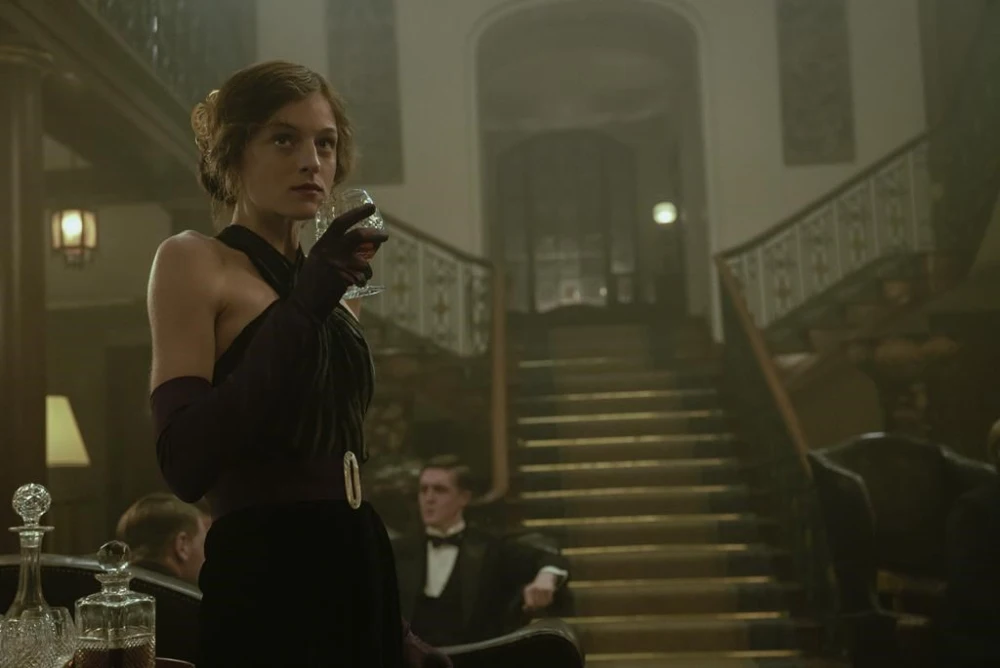
Lawrence’s societal critique and the behavior of the lovers no longer elicit any pearl-clutching, so De Clermont-Tonnerre instead shocks the audience by incorporating uncanny elements into her most graphic sequences. Connie and Oliver are shown in beautiful scenes having sex against tree trunks and in green meadows, which are startlingly surreal in spite of the realistic surroundings.
Let’s look at the detail of the Lady Chatterley’s Lover adaptation, review, cast details, and where you can stream the movie.
Lady Chatterley’s Lover Adaptation
The 1928 novel Lady Chatterley’s Lover by D. H. Lawrence, which tells the story of an upper-class woman’s adulterous romance with her gamekeeper, was so offensive that it was outlawed for years in several nations. However much pleasure the author had in depicting pleasure, he wasn’t repugnant; rather, he was merely unusually outspoken for his day.
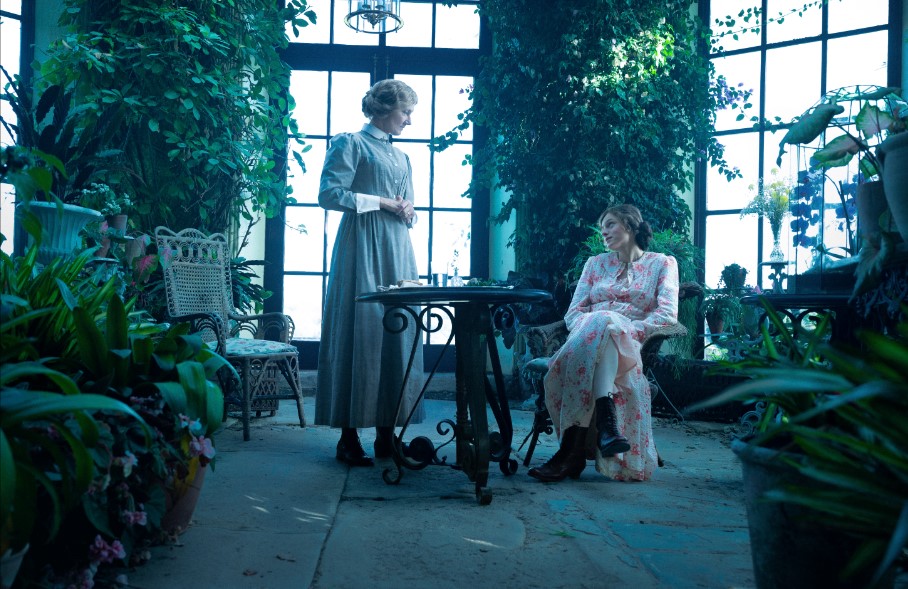
Lawrence enjoyed describing each movement, push, and caress of his covert sex scenes in great detail. He particularly enjoyed comparing desire to a flame, the warmth of which helped his title aristocracy escape her boredom. He described Lady Constance “Connie” Chatterley’s sexual awakening as being like a “strange molten tingling that spread and spread.”
Lady Chatterley’s Lover Review
Emma Corrin portrays a young woman with an independent spirit who is entangled in a chilly aristocratic union. That’s not how it begins. Constance Reid has a positive impression of Clifford Chatterley as a compassionate and forward-thinking man.
He also has the title of a baronet and is the estate’s master in the Midlands, close to a coal mining community. Clifford gives Connie a sense of security, and she confides in her sister Hilda on the wedding day. He is also a uniformed soldier who is away from the front.
He and Connie relocate to Wragby, the family home, where they attempt to cope with unexpected problems after he returns from World War I, crippled from the waist down. Clifford writes a novel while Connie types the manuscript, after which he focuses on managing the land and updating the mines.
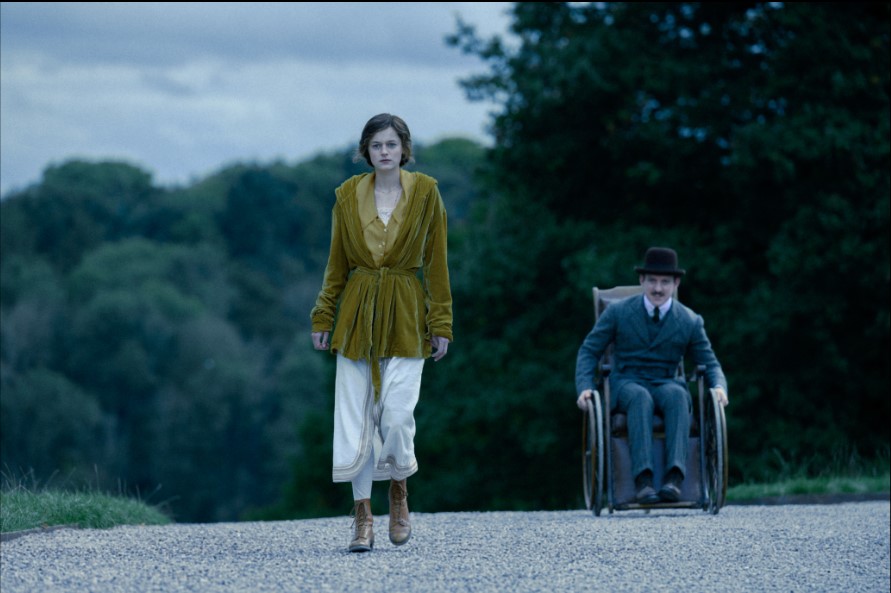
His wife, who is the offspring of an itinerant artist and is used to a cultured and social life, sulks in the countryside and breaks under the weight of taking care of Clifford. That is, until Oliver Mellors, Wragby’s new gamekeeper, whom she meets and who has just returned from the war to raise pheasants and read James Joyce, appears.
Oliver and Connie begin a relationship that breaks both social and moral boundaries, with the former being more obvious than the latter. Clifford initially thought of Connie’s adultery, even though the hunky gamekeeper was not at all the partner he had in mind.
Clifford suggested a discreet tryst with an acceptable station and no strings attached in order to find a successor to continue on the Chatterley name. The concept astounds Connie, and although it isn’t really the cause of what happens with Oliver, it does give Connie a hazy sense of approval, a breath of oxygen that helps a spark of attraction catch fire.
Lawrence believed that lust was a strong, even overwhelming, but never simple force that could overcome reason and social convention but was nonetheless brimming with significance and positive possibility.
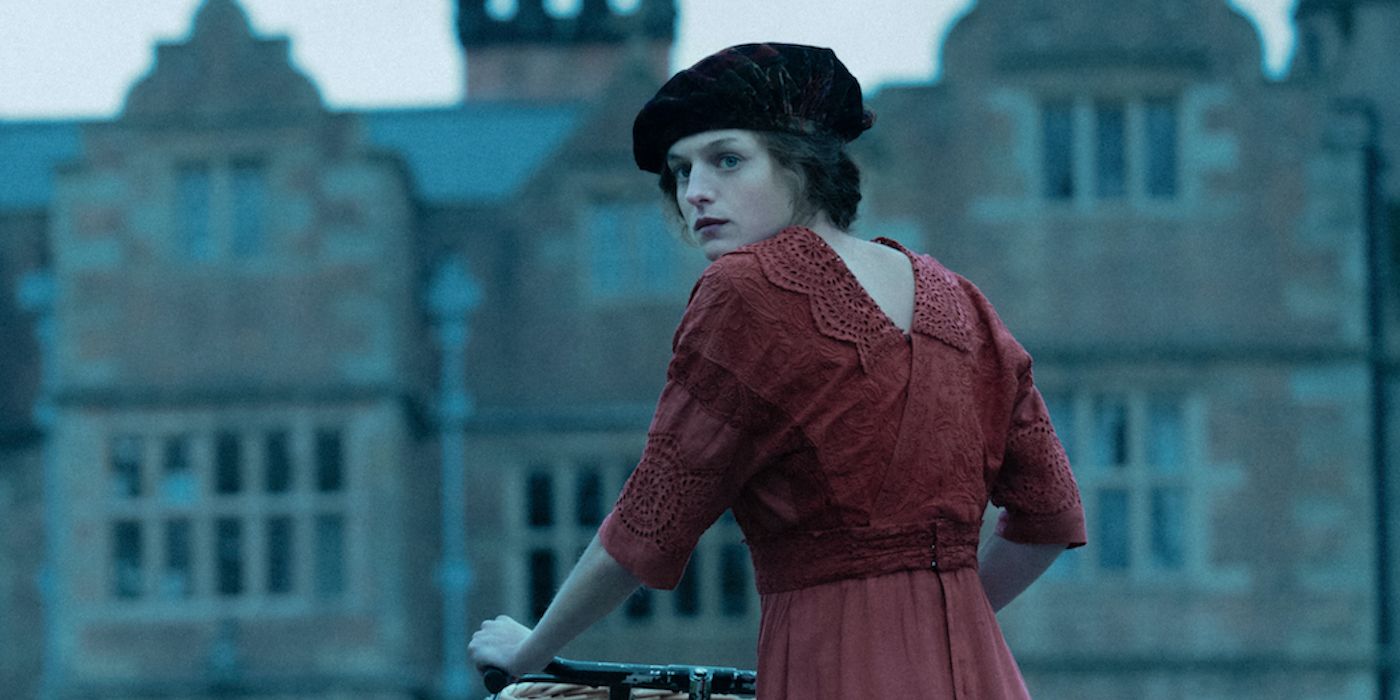
Clermont-Tonnerre, working from a script by David Magee, depicts a lot of sex, and Corrin and O’Connell provide an intensity that goes beyond the moaning and writhing that passes for hot stuff in most commercial films, yet the sensuality stubbornly remains skin deep.
That could be coming to pass. The frequency of depicting naked individuals on film has diminished their ability to shock and convey any meaningful meaning. The actual conflict in “Lady Chatterley’s Lover” now exists elsewhere, in the structures of authority that ensnare Oliver and Constance, as well as in their uprising against them.
Oliver is trapped in the submissive, dependent role of Clifford’s servant despite his military background and intelligence. Despite her brilliance and creativity, Connie does not have a distinct social identity beyond that of a woman. Oliver and she both recognize their liberties as individuals, though.
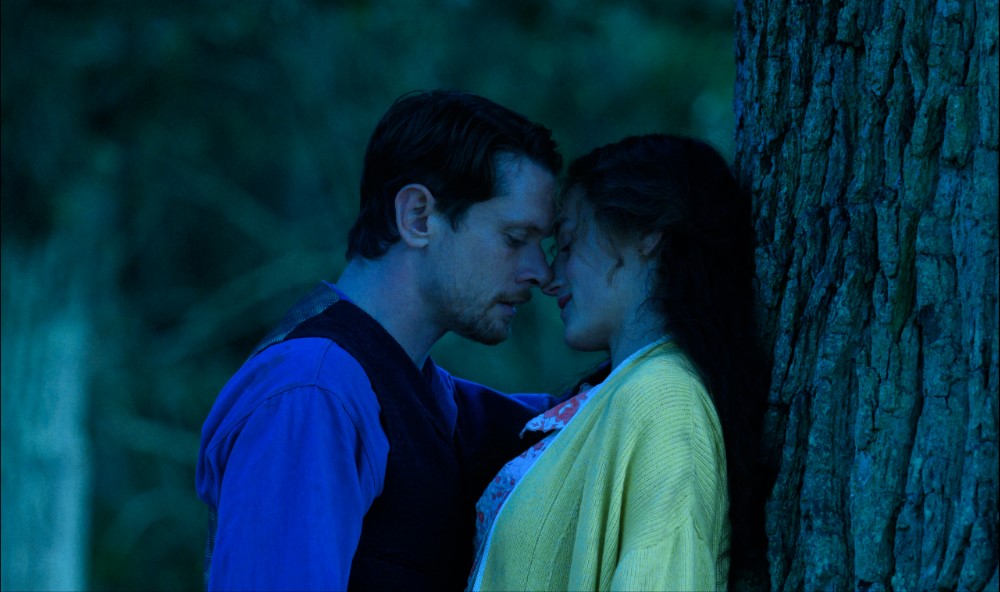
Although sex is a declaration of that liberation, the secret to unlocking their cages isn’t really sex but rather the rejection of shame. Their activities cannot remain undetected indefinitely, not even in the woodlands and meadows surrounding Wragby.
Mrs. Bolton, Clifford’s housekeeper, is one of those persons who never loses anything, played by Joely Richardson in the BBC miniseries as Lady Chatterley. Soon, the sensual idyll will be in jeopardy from rumors and controversy.
Mrs. Bolton ultimately determines that “it’s a love story,” and Magee and Clermont-adaptation Tonnerre places more emphasis on the romanticism of Lawrence’s book than on the radicalism of his vision. In addition to showing how safe and domesticated it has become, this adaptation of “Lady Chatterley’s Lover” stays true to the original.
Lady Chatterley’s Lover Release Date And Streaming Guide
On December 2, Netflix made available the film adaptation of Lady Chatterley’s Lover, which was helmed by Laure de Clermont-Tonnerre and written by David Magee. After World War I, the main character in the movie starts a passionate relationship with a gamekeeper.
Here is the trailer for the fans to have a little sneak peek of the movie Lady Chatterley’s Lover:
On Friday, December 2, Netflix will start streaming Lady Chatterley’s Lover. A few select cinemas are also showing Lady Chatterley’s Lover, which debuted on November 23. Fandango allows you to look up local movie theatres where Lady Chatterley is showing.
Lady Chatterley’s Lover Cast Details
The actor Emma Corrin will be recognizable to The Crown viewers. Lady Constance “Connie” Chatterley, who plays the title character, is Emma Corrin. Jack O’Connell and Matthew Duckett will appear alongside her on screen. Emma Corrin plays Lady Constance “Connie” Chatterley, Faye Marsay plays Hilda, Connie’s sister, Matthew Duckett plays Lord Clifford Chatterley, Jack O’Connell plays Oliver Mellors, Connie’s lover and the Chatterley estate’s gamekeeper, Connie’s husband, Joely Richardson plays Mrs. Bolton, a widowed nursemaid hired to be Clifford’s caregiver because she used to look after him.
What Are The Final Thoughts For Lady Chatterley’s Lover?
The movie by De Clermont-Tonnerre has the potential to become a little bit too romantic in some parts. In the book, Oliver can be sarcastic and insulting, but in this adaptation, he acts graciously while taking care of Connie up until her climax, making him the perfect candidate for her adoration.
Connie, on the other hand, is the complete antithesis of the “quiescent” woman Lawrence depicts during the protagonists’ first encounters; she is playful and seductive toward her partner from the beginning.
A friend notes what has transpired between Connie and Oliver “It is a love story” when the storyline separates them late in the movie. The line is way too obvious and overly sweet.
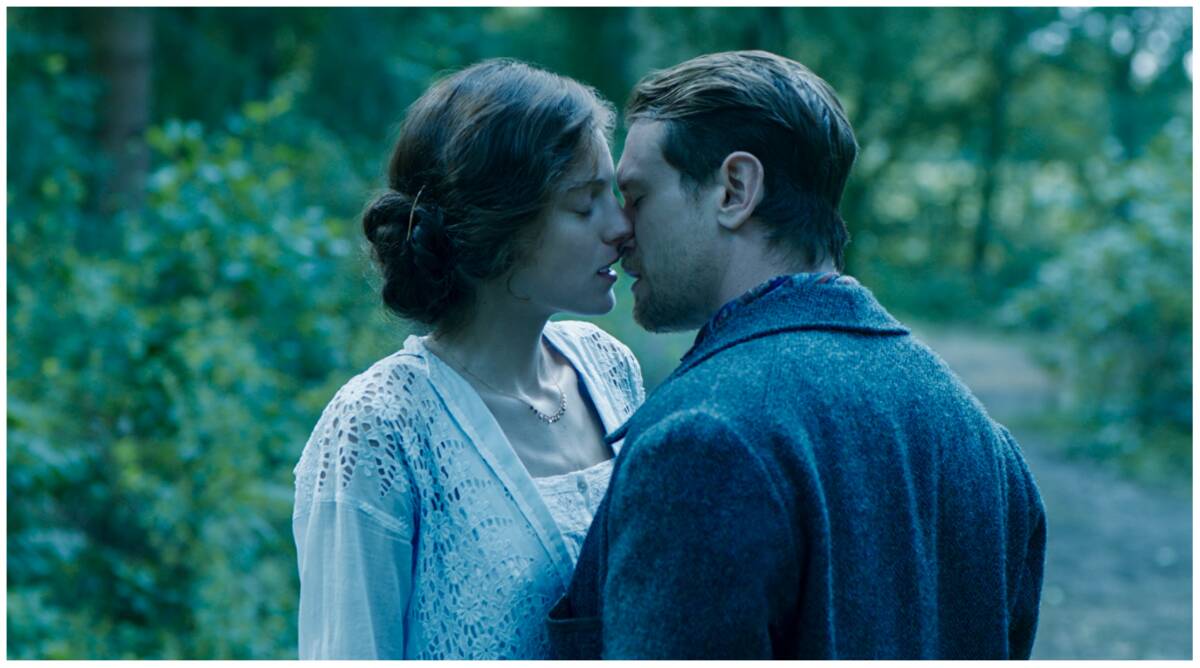
The apparently well-considered adaption, though, mesmerized me. Corrin and O’Connell embrace their free-spirited, sensuous roles with a vigor that brilliantly contrasts with the melancholy tone of the movie.
The photos’ blue hues push the viewer’s eye to adjust, causing them to focus on the lovers’ actions more intently and uncover unexpected meanings in the mysterious tones. These scenes capture the individuals’ profound yearning in a magnificent manner in addition to being sexy.
The movie accurately depicts the subtly unfolding arc of Lady Chatterley’s progressive enlightenment that Lawrence was sketching beneath his allegedly “obscene” scenes. The book’s initial working title was Tenderness. It simply makes sense that his tale is repeated again with tact.


